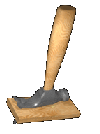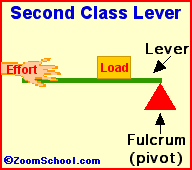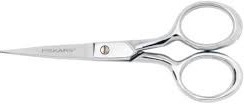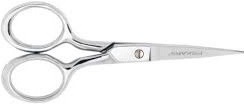
www.picgifs.com/graphics/b |
A lever is a machine made of a bar or rod (called an arm) which turns on a point called a fulcrum. A force (or effort) is used to move an object (or load). You can use a lever either to make it easier to move the load or to make the load move faster. When the load is nearer the fulcrum than the effort, it is easier to move. When the load is further from the fulcrum than the effort, it moves faster. |

gifgifs.com/ animations/ other-animations/ tools/pulling_nail.gif |
|
This video is a short introduction to classes of levers. Click on the player to watch. |
http://www.youtube.com/watch?v=ny8k7LUUIEk |
Classes of levers:

www.enchantedlearning.com |
A class 1 lever has the fulcrum between the load and effort. When the load and effort are on opposite sides of the fulcrum, they move in opposite directions. Class 1 levers can be used to make it easier to move an object or make the object move faster, depending on where the load and effort are placed. The catapult in the Bill Nye video is a class 1 lever. It speeds up the load (empty water bottle) by placing it farther from the fulcrum than the force (weights attached to the arm). The water bottle takes off when the weights are dropped. A claw hammer used to pull nails is a first class lever that places the load near the fulcrum to make it easier to move. You position the nail (load) near the head of the hammer (fulcrum) and push at the end of the long handle (effort). A pair of pliers is two class 1 levers connected together, with the load placed near the fulcrum to get a strong grip. |

www.enchantedlearning.com |
A class 2 lever has the load between the fulcrum and the effort. Because the load and effort are on the same side, they move in the same direction. In a class 2 lever, the load is always closer to the fulcrum than the effort, so class 2 levers are used to make it easier to move the load. The lifting action of a wheelbarrow is a class 2 lever. You can lift heavy rocks in the barrow (load) by lifting on the ends of the handles (effort), which are further from the wheel's axle (fulcrum) than the barrow. A nutcracker combines two class 2 levers together. The nut (load) is near the fulcrum, making it easy to crack by pushing on it from both sides, using the handles (effort). |

www.enchantedlearning.com |
A class 3 lever has the effort between the fulcrum and the load. Because the load and effort are on the same side, they move in the same direction. In a class 3 lever, the effort is always closer to the fulcrum than the load, so class 3 levers are used to make the load move faster. The sweeping action of a broom is a class 3 lever. You pivot the handle of the broom near the top (fulcrum) and push the handle near the middle (effort) so that the bristles at the other end (load) will quickly sweep across the floor. A fishing rod is another class 3 lever. You pivot the rod at one end (fulcrum) and lift the rod near the middle (effort) so that the line at the other end (load) will quickly lift the fish out of the water. Tongs are an example of two class 3 levers put together. Tongs can be used when you don't need the kind of force you get from a class 1 pliers or a class 2 nutcracker. You may not need speed either, but you don't want to use your fingers to pick up hot food or cold ice. Tweezers are a similar example. |

|

|
|
|
Back to Simple Machines |
Try a Quiz! |